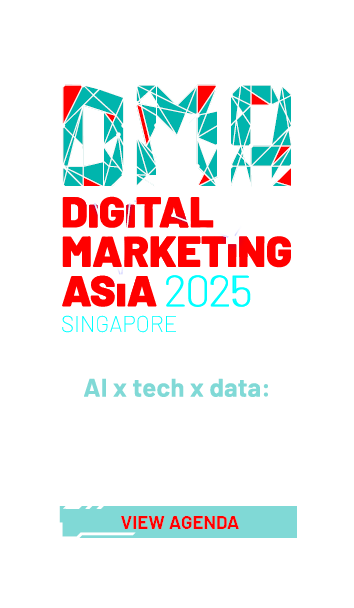



In a shifting banking landscape, MOVE Bank bets on loyalty over acquisition
share on
As the big banks sharpen their brands, with Westpac and CommBank both unveiling new brand platforms in recent weeks, and the Reserve Bank’s latest rate cut fuels talk of improved consumer sentiment, one of the most interesting loyalty stories in Australian banking is playing out well away from the major market glare.
Brisbane-based MOVE Bank has quietly posted a Net Promoter Score of +51.7 - far ahead of the big four average of -17 and more than triple the +15.7 average for other mutuals, according to Roy Morgan’s March 2025 benchmarks. For a customer-owned brand with limited ad spend and low national awareness, the real story isn’t just the number, it’s the strategy behind it and what it says about where banks might need to compete next.
“We already had the great rates,” said Matt Farnham, MOVE Bank’s marketing & communications manager. “People just didn’t know who we were.”
Over the past 18 months, MOVE has stripped back corporate jargon, adopted a “real people behind your bank” positioning and embedded that human presence across every channel - from photos of all staff on its website to authentic tone of voice in advertising, surveys and even email signatures.
The shift has resonated. MOVE was recently named Australia’s Best Small Customer Owned Bank, but the biggest surprise came from the 18 to 30-year-old demographic - traditionally a tough audience for financial services, which delivered the highest satisfaction and NPS scores in the bank’s 2025 survey.
A deep dive from the marketing team found the top reasons behind the score were ease of onboarding, human interactions, an intuitive app and a CX-friendly website - on top of the more traditional service levers of competitive rates, good communication and clear explanations.
“We’ve made a real shift in the way that we portray ourselves, to engage more authentically and use as little corporate jargon as possible. We made a shift to show the real people behind your bank.”
Loyalty as a growth engine
MOVE’s approach flips the industry default. Instead of chasing new customers with short-term offers, it has focused on rewarding existing members. One in three surveyed members said they wanted loyalty recognised - so the bank created MOVE and Win, a monthly prize draw for members who deposited $1,500 into their transaction account. No opt-in. No extra steps. Just reward through everyday engagement.
“It was designed so that if you were already using us as your main bank, you were probably going to be entered into the draw without you doing anything extra,” Farnham said.
It’s a sharp contrast to acquisition-heavy models at a time when switching banks is easier than ever and consumer trust is hard-earned. Being a mutual - with no shareholders and profits reinvested in members - strengthens the message, but MOVE’s execution is where the trust dividend is built.
“It’s very effective to be able to say variations of ‘our profits are reinvested back into better products, rates, services, community - not into shareholders pockets. I also find that that’s a very easy concept for people to understand quickly," Farnham said.
A market moment for trust-led brands?
With the majors retooling their brand platforms and the economic mood potentially shifting after the RBA’s cut, there may be fresh appetite for banking relationships that feel more personal and less transactional. In that climate, MOVE’s +51.7 NPS isn’t just a scorecard, it’s proof of how value, empathy and product integrity can create retention in a commoditised category.
For Farnham, the lesson is clear: in a sector dominated by acquisition noise, loyalty built on tangible, humanised value can be a brand’s most defensible growth strategy.
“The more personal we make the relationship, the harder it is to leave,” he said. “We see retention not just as a metric, but as an outcome of trust, value and recognition. If we can continue delivering on those consistently, the goodwill becomes long-term loyalty.”
share on
Free newsletter
Get the daily lowdown on Asia's top marketing stories.
We break down the big and messy topics of the day so you're updated on the most important developments in Asia's marketing development – for free.
subscribe now open in new window
